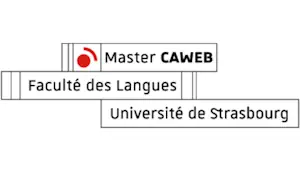Google Pixel Buds: Dreaming of a World Where Language Barriers no Longer Exist
October 2017. Google launches a new ‘Made by Google’ product: the Pixel Buds. These are a set of around-the-neck, wireless headphones designed to do a whole lot more than just take calls and play music. Although the product sounds great, we will not advertise it since it would be outside the scope of this blog. However, there is one feature that has caught our attention. And as I will explain shortly, we find this one to be particularly relevant to our domain.

Pushing the language barriers
Meet Ramona. She loves travelling and taking the time to learn a few foreign languages to communicate with locals during her travels. She gets by beautifully during her trips, especially in places where people speak one of the languages she has mastered. However, as soon as she strays from the well-known tourist routes (she loves remote mountain villages by the way) she finds it difficult to do what she loves most: meeting people, documenting their stories and getting the ‘truly local’ experience.
Like Ramona, millions of people find themselves at a loss when it comes to communicating in foreign languages. Enter Google Pixel Buds – Google’s new product. This tool is powered by machine learning, that translates between 40 languages in real time (or at least very quickly). According to Pixel Buds product manager Adam Champy, on a visit to Cappadocia in Turkey, our friend Ramona would simply need to press on her right-side earbud and say “Help me speak Turkish”. Her Pixel or Android phone would then translate her words out loud, and any reply would be translated directly into her ears as well.
Google Pixel Buds: a new idea?
This is hardly a new idea. In fact, it’s been brewing for quite a while now. In fact, they are similar to Apple’s recently released AirPods. What is more, references to similar technologies goes as far back as 1978, in Douglas Adam’s The Hitchhiker’s Guide to the Galaxy.
Nonetheless, the extent of their coverage (some 1600 language combinations), their versatility and user-friendliness (no additional hardware, nothing to install) makes them somewhat of a breakthrough. This is, of course, provided they do work as advertised. Either way, Pixel Buds are clearly the path of future developments in the field.
However, we can’t help but ask the following questions: “Are cultural nuances and subtleties taken into account?”, “How will this impact the work (and livelihood) of interpreters worldwide?”, and most of all “Will this mean the end of language learning?”. You decide.
Source:
Google Blog https://www.blog.google/products/pixel/pixel-buds/
Article written by Ioana Muresan, CAWEB Master’s.





